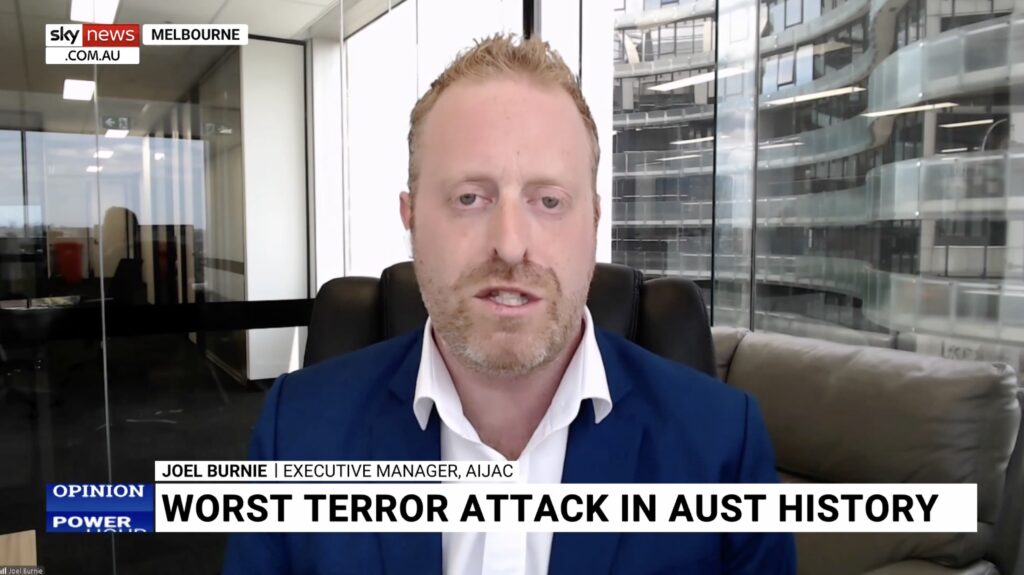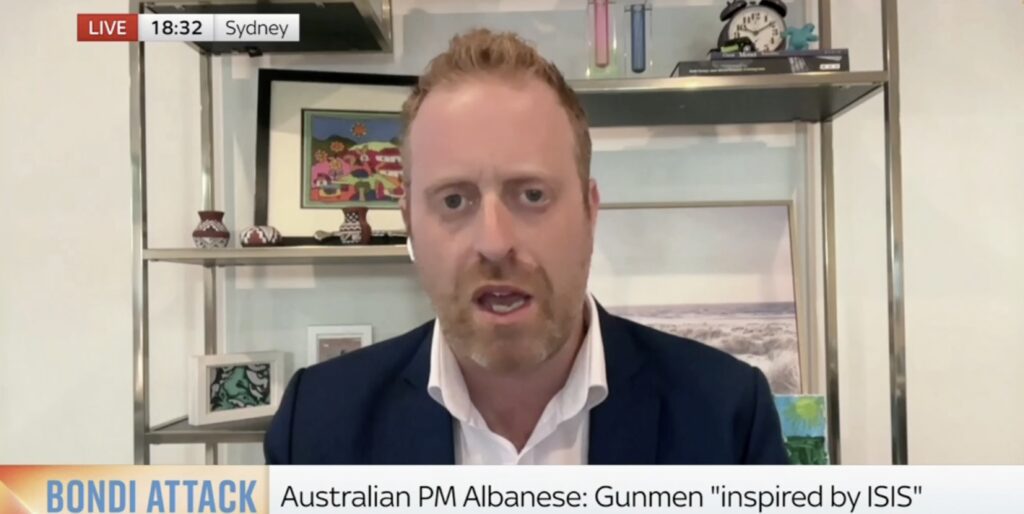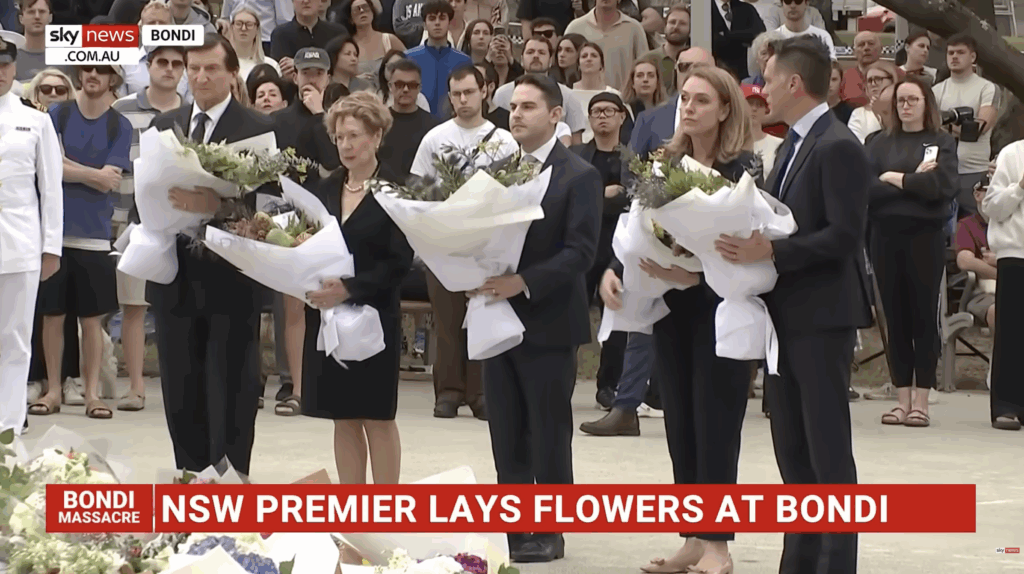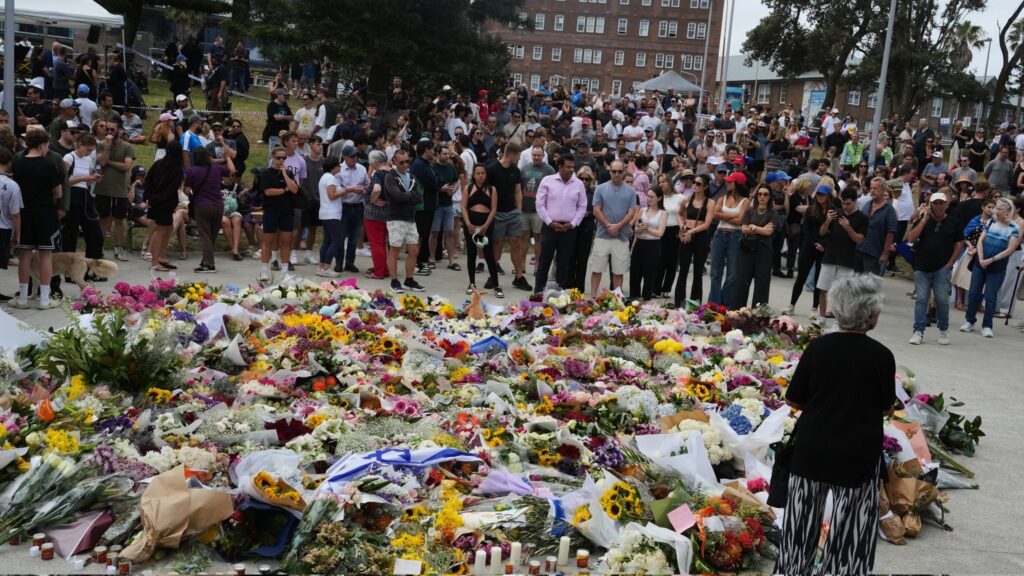FACT SHEETS
RESOURCES
US invokes “Snapback” provision of the JCPOA nuclear deal
August 25, 2020 | AIJAC staff

This fact sheet is current as of August 2020
SUMMARY
On Thursday Aug. 21, US Secretary of State Mike Pompeo delivered letters to UN Secretary-General António Guterres and the current UN Security Council (UNSC) President, Indonesian Ambassador Dian Triansyah Djani, notifying them that the US has initiated the so called ‘snapback’ process contained in the Joint Comprehensive Plan of Action (JCPOA) nuclear deal.
The US notification is intended to start the countdown towards resumption of all UN sanctions on Iran that were lifted under the JCPOA in 2015.
According to paragraph 11 of UN Security Council Resolution 2231, which gives the JCPOA legal status under international law, a notification by a JCPOA ”participant state” that “significant non-performance of commitments” in the deal has occurred triggers a 30–day countdown. During the first ten days, any UNSC member state can submit a resolution that would reaffirm that the sanctions lifted under 2231 should remain lifted. If no state submits a draft resolution to the UNSC within 10 days, the UNSC President must submit such a draft resolution. Such a resolution must be debated and put it to a vote within 30 days of the original notification – though extensions are possible. Unless such a resolution is passed, the original UN sanctions lifted under the terms of the JCPOA would be automatically reinstated.
The US has a veto in Security Council, and thus could prevent any such resolution reaffirming the lifting of sanctions from passing, therefore guaranteeing UN sanctions will be re-instated.
This “snapback” mechanism was used as a key selling point of the JCPOA by the Obama Administration after the deal was agreed upon in 2015. “If Iran violates the agreement over the next decade, all of the sanctions can snap back into place…We won’t need the support of other members of the U.N. Security Council; America can trigger snapback on our own,” President Obama boasted in 2015.
The US invocation of the “snapback” provisions follows an unsuccessful effort to pass a UNSC resolution extending an arms embargo on Iran the previous week.
THE FACTS
Arms Embargo Debate
On Aug 14, the UNSC rejected a US-submitted draft resolution to extend the long-standing ban on weapons sales to Iran, which is scheduled to expire on October 18 under the terms of the JCPOA and UNSC Resolution 2231. The lifting of the arms embargo is one of the ‘carrots’ to Iran that was written into the JCPOA when it was negotiated in 2015.
The vote in the 15–member Security Council was 2 in favour (the US and Dominican Republic) to 2 against (China and Russia), with 11 abstentions.
The American defeat in the vote symbolised the rift between the Trump Administration and the other JCPOA signatory states – Russia, China, France, Germany, UK (and Iran) – concerning Washington’s Iran policy.
Explaining the push to resume the arms embargo, the US pointed to Teheran’s aggressive actions to destabilise the Middle East and to Iranian violations of the deal – including breaching JCPOA restrictions on levels of uranium enrichment, stockpiles of fissile materials and employing advanced uranium enrichment centrifuges.
The European nations abstained in the voting despite expressing their strong reservations over allowing Iran – a major threat to stability in the Middle East – to purchase arms, and promising to continue to ban European arms deals with Iran. Yet they appear more worried that removing the embargo would push Teheran to accelerate its nuclear activities, bringing it closer within reach to an atomic bomb.
Some Western nations argue that Washington’s withdrawal from the JCPOA agreement in May 2018 had pushed Teheran to take oppositional steps that contradict the commitments it undertook in the deal. Those Iranian violations led the Europeans in January to invoke the JCPOA Dispute Resolution Mechanism, which could also lead in the future for resumption of all sanctions on Iran, but only after a lengthy process is concluded and after a JCPOA state then takes the further step of going to the UNSC to ask Iran to be sanctioned for non-compliance.
The Russian and Chinese vote against the US draft is believed by most observers to reflect the fact that both countries look to harvest political and economic gains from possible future arms sales to Teheran. Indeed, shortly after the vote, Iran was quick to send its Defence Minister to Moscow to jump start negotiations to purchase Russian weapons systems, including advanced S-400 anti-aircraft batteries.
The UNSC legal and political crisis
The US move to initiate “snapback” created a major legal crisis in the UNSC.
The dispute revolves around the status of the US vis-à-vis the deal. Washington is claiming that, as a signatory to the JCPOA, it has the right to start the ‘snapback’ process. Other parties to the deal disagree, arguing that the US cannot activate the ‘snapback’ mechanism since it is no longer a participating party to the agreement.
Recent reports indicate that most current UNSC members, including the Council presidents for August (Indonesia) and September (Niger), disagree with the American position, and hence will most likely not table a new resolution within the 10 day limit, as required by 2231, effectively attempting to behave as if the invocation of paragraph 11 by the US never happened.
Another concern being raised relates to the status of the UNSC as a credible and effective international conflict resolution mechanism. Experts warn of a scenario where the US vetos a resolution to continue the lifting of UN sanctions on Iran, but the reinstated UN sanctions are nonetheless not implemented or respected by any party other than Washington. Such a development might critically undermine the authority of the UNSC to enforce its decisions.
Even leading opponents of the JCPOA, such as former US National Security Advisor John Bolton, cautioned that invoking ‘snapback’ could both legitimise the deal and lead to the erosion of the US veto power in the UNSC. This is because member powers in the council may prefer to reluctantly remain silent or support an unwanted event (as the Europeans have done in the vote on the arms ban on Iran) rather than let the US (or others) use its veto.
Possible implications of “snapback”
It’s important to note that many of the UN sanctions on Iran suspended following the JCPOA are now unilaterally enforced by the US as part of its ‘maximum pressure’ strategy vis-à-vis Teheran. At the same time, reinstating the sanctions would be a major political statement, strongly suggesting that the deal cannot be salvaged.
Teheran is signalling that resumption of sanctions is unacceptable and may result in further advancement of its nuclear program, including more JCPOA violations. However, the regime (and some in Europe as well) seem to be reluctant to escalate the conflict with America in the hope that the US Presidential elections at the end of the year will mean that a new administration in the White House – either Democrat Joe Biden or a second term Republican Donald Trump – would take a more conciliatory approach towards Iran.
Tags: Iran, JCPOA, United Nations, nuclear





